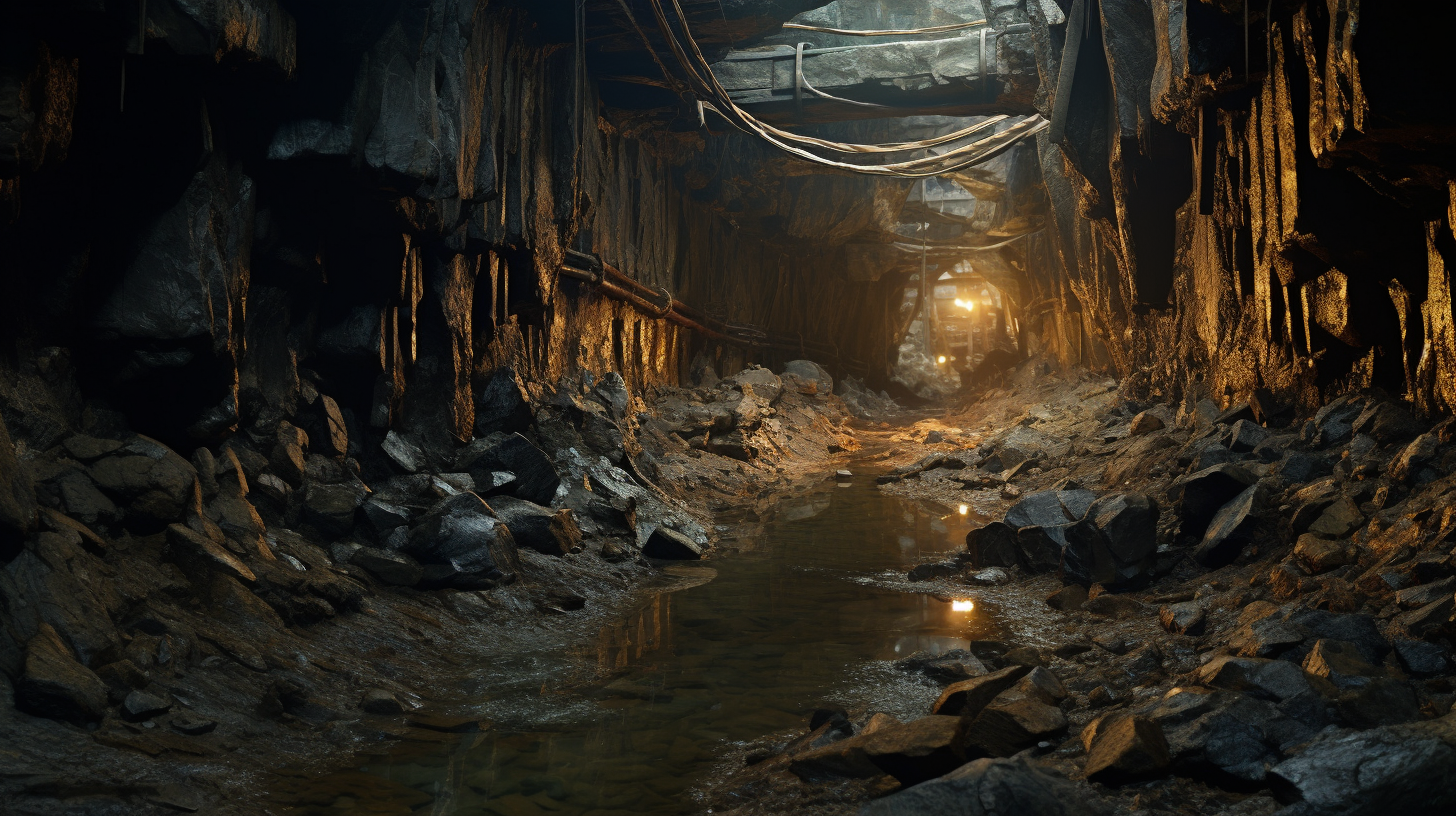As we delve deeper into the bowels of the Earth, humanity’s unchecked thirst for minerals has given rise to a new form of exploitation – deep earth mining. This endeavor, far removed from the watchful eye of the sun, involves extracting resources from depths previously deemed unreachable. But what perils lie within these unnatural chasms created by our insatiable greed?
Our odyssey commences with the pioneering technology that makes this subterranean pillaging possible. Advanced drills capable of piercing through rock as if it were butterscotch, artificial intelligence to navigate through the labyrinthine tunnels, and robotics that withstand the heat and pressure not intended for human endurance. But innovation comes at a price – a price not listed in currency, but in unprecedented environmental concessions.
The first victim of this deep dive is the fragile subterranean ecosystem. Amidst the colossal machines, the minute creatures and undiscovered microorganisms face an apocalypse. Their extinction, silent and unnoticed, reverberates through the trophic levels, disrupting the underground web of life that scientists barely understand. The mining advocates may argue that impact is negligible, invisible to the naked eye, but when has invisibility ever equated to inconsequence?
Then there’s the small matter of geological instability. Enormous cavities left in the wake of resource extraction become chasms of instability, potentially leading to earthquakes and sinkholes. Disasters, once confined to cautionary tales, now threaten to become common headlines. And yet, the relentless grind of machinery echoes through the once-solid Earth as a testament to human hubris.
Beyond geological upheaval, these subterranean endeavors manifest in the form of water pollution. Pernicious chemicals used to dissolve rock and extract ore leech into groundwater, creating a toxic concoction lurking beneath our feet. The water, once a source of life, transforms into a poison chalice for unsuspecting communities above.
Not to forget the energy consumption, a grotesque irony in our quest for ‘clean’ energy. The immense power required to delve deep consumes more than it promises to yield, a Pyrrhic victory in the silent war against the environment. In our dystopian depth, we find that the pursuit of resources becomes resourcefully perverse.
But where are the gatekeepers, the regulators, the environmental custodians in this bleak scenario? They are but pawns in the grander game of profit, with regulations as malleable as the metals sought by the mining overlords. Environmental Impact Assessments, designed to protect, are reduced to mere formalities – a checkmark on the path to destruction.
And when the dust settles, when the earth no longer yields its buried treasures, what becomes of the communities that depended on the pits for their livelihood? Abandoned like the mines themselves, they face the reality of a barren earth and a plundered future. Economic growth, promised as the panacea for all societal ills, turns out to be the mirage in our own man-made desert.
The echoes from the deep reach our ears in distorted whispers, telling tales of warning. We may not witness the darkness of these depths, nor hear the cries of microorganisms or the moans of splintering rocks, yet their repercussions are felt as they ripple through the ecological tapestry of our planet.
In closing, dear reader, the unseen perils of deep earth mining are many and their callous disregard leaves scars on the very foundation of our world. But in these tales of desolation, we find no heroes, no champions to stave off the oncoming calamity. For in our Green Dystopia, it seems that the lessons are spoken too late, heard by none, and heeded by even fewer.
